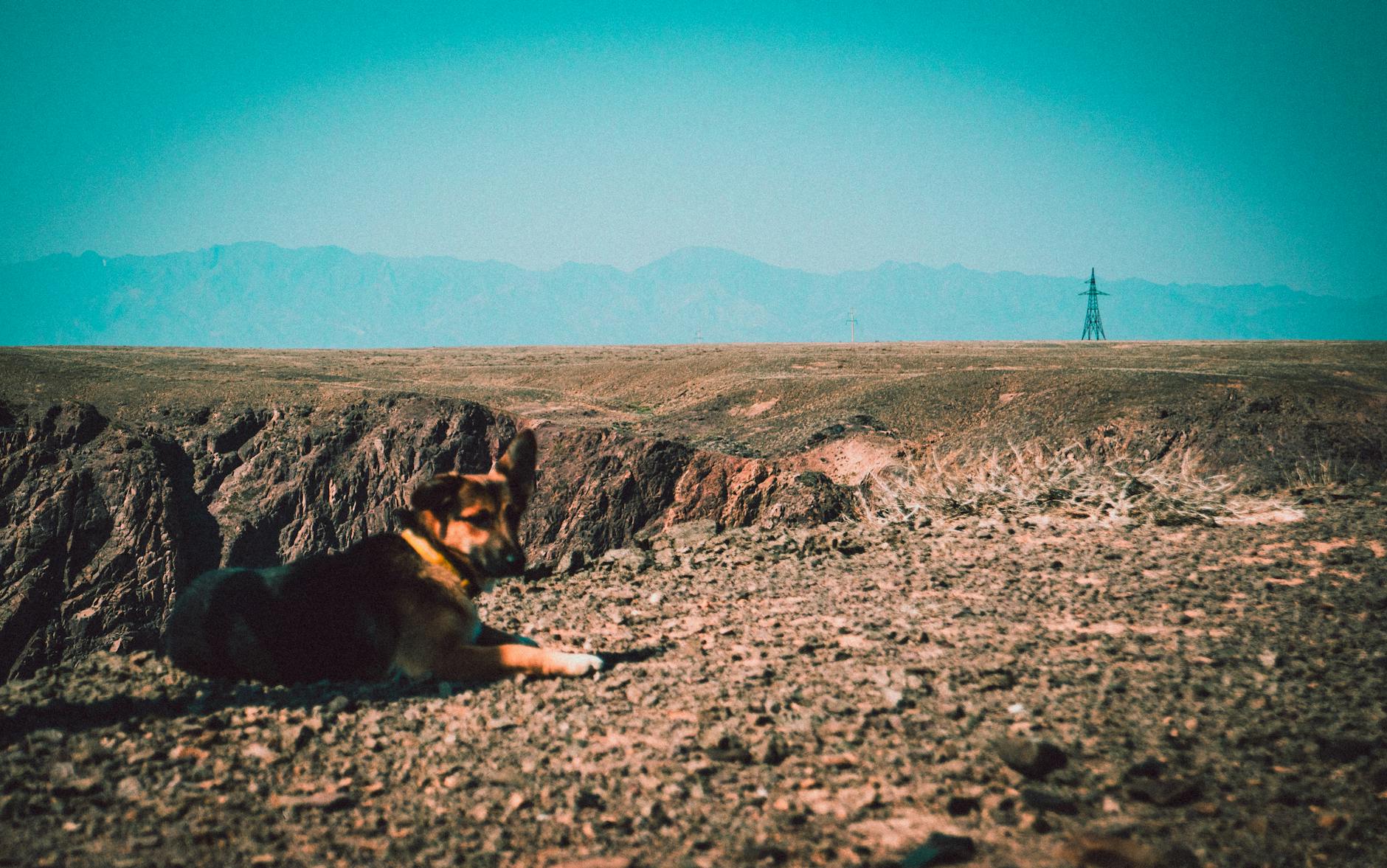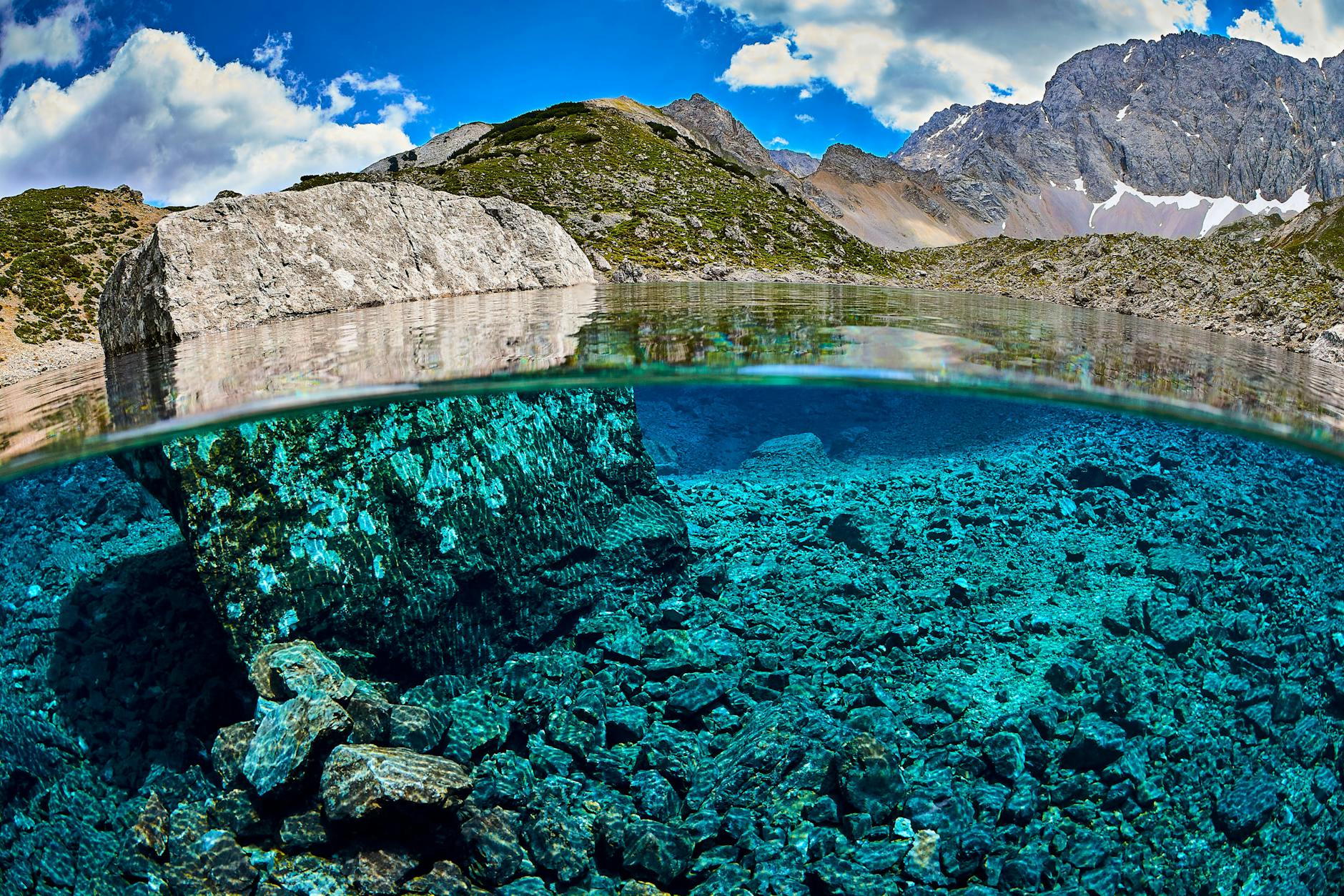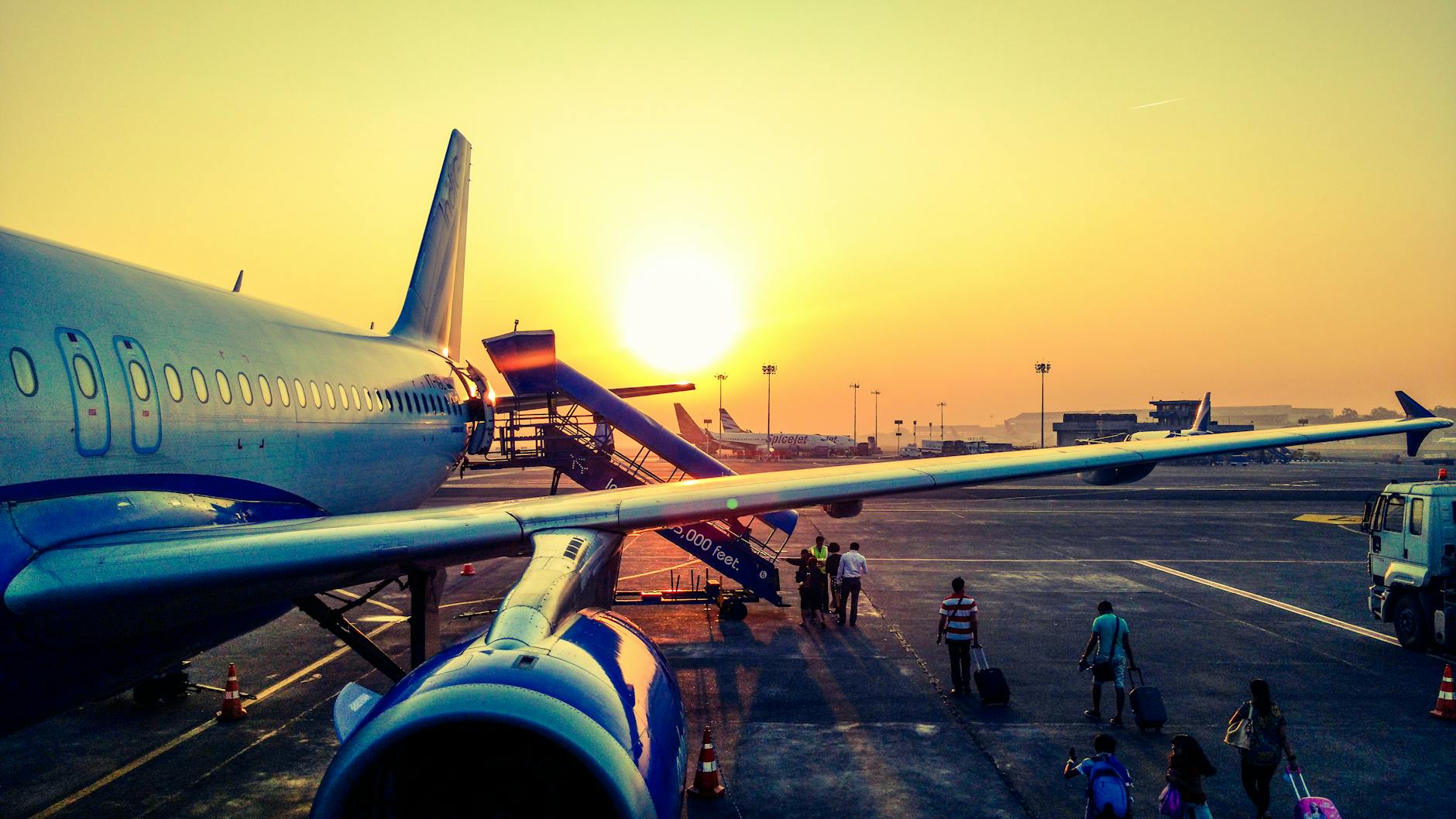What Makes Australia a Must-Visit for Innovative Explorations

Unique Natural Landscapes
Exploring unique natural landscapes offers us a chance to break away from the routine of city life and embrace the wonders of nature. As someone from Brisbane, I often find inspiration in the lush landscapes of Mount Coot-tha, where tech integration elevates the experience. Imagine standing amidst the raw beauty of a Namibia safari, absorbing the wildlife and vast horizons, a stark contrast to the digital screens we usually interact with.
The galapagos cruise intrigued me with its promise of adventure—delving into ecosystems that are a tech-lover's delight due to their complex biodiversity. This journey also aligns with my values of eco-friendliness, allowing for exploration without hefty environmental footprints. The innovative use of drone technology on such cruises enhances the experience by offering aerial views of the islands and their stunning wildlife, just as I once saw on a riveting vlog.
My heart races with the thought of Tasmania’s untamed wilderness. This untouched land, rich in biodiversity and scenic beauty, is a haven for tech-enhanced travellers like us. Equipped with state-of-the-art gear, we can capture moments like never before. Imagine using smart navigation tools to hike through its trails, ensuring we fully appreciate its grandeur. The appeal of these landscapes lies not only in their beauty but also in their ability to rejuvenate our senses, balancing our tech-heavy lives with the serenity of nature.
Vibrant Urban Explorations
Melbourne’s Cultural Hotspots
Melbourne is an eclectic blend of tech innovation and vibrant culture that mirrors the energy of buzzing tech meetups in Brisbane’s Innovation Precinct. As you wander through its laneways, you'll encounter captivating street art and a diverse culinary scene that invites you to savour international flavours. Explore the bustling Queen Victoria Market, a must-visit for any tech-savvy adventurer, offering everything from fresh produce to artisanal goods. Art enthusiasts will find solace at the National Gallery of Victoria, where you can immerse yourself in both classical and contemporary pieces.
For those intrigued by the multicultural tapestry of the city, a stroll through Chinatown offers an array of dining experiences where innovative cuisine meets traditional fare. The ever-popular ACMI (Australian Centre for the Moving Image) reflects Melbourne's digital face, with interactive exhibits that merge technology and storytelling.
Melbourne's tech-forward transport options make travelling between these cultural hotspots seamless. The city boasts an extensive tram network and initiatives like bike-sharing, appealing to environmentally conscious travellers like Marcus. This connectivity ensures you can efficiently explore and still have time to plan your next global expedition, perhaps one that includes Kenya tours or Galapagos Islands tours. Embrace the spontaneity, find genuine connections, and discover Melbourne’s distinct charm in every corner you turn.
Indigenous Experiences
Connecting with Aboriginal Art
Exploring Aboriginal art offers a deep dive into Australia's rich cultural heritage. It's where technology meets tradition, from digital art galleries to interactive workshops. Emerging platforms now allow adventurers like you to experience indigenous arts through virtual reality, creating a blend of ancient storytelling and modern sensibilities. The interactive exhibits are vibrant with stories that resonate from centuries past to today. For a truly immersive experience, visit Brisbane's South Bank Parklands to explore local art displays, all while weaving through digital and physical installations.
Participating in Traditional Ceremonies
Engaging in traditional Aboriginal ceremonies provides an unparalleled cultural immersion. These ceremonies, often accessible via organised events, can also be experienced globally online. Live streams and virtual tours offer a personal glimpse into these sacred rituals, respecting cultural protocols while providing insight into this rich heritage. The fusion of ancient practices with today's tech-savvy world can help you gain a deeper appreciation of the cultural nuances and spiritual elements involved.
Learning Ancient Storytelling
Ancient Aboriginal storytelling comes alive through apps and podcasts designed for tech mavens craving authentic storytelling. Imagine the ability to sit at the edge of your seat during a tale of the Dreamtime, reimagined with soundscapes that echo the tales themselves. You could pair this with a broader journey that might include central america tours or even a kenya safari, enhancing your understanding of oral traditions around the world. This narrative journey intertwines rich histories, allowing you to carry these learned tales into your everyday adventures.
Adventure Activities
Surfing Australia’s Coastlines
Surfing along Australia's coastlines offers thrills for both seasoned surfers and novices embarking on their first wave-catching adventure. With waves suitable for all skill levels, it's a brilliant way to break from the confines of computer screens and immerse yourself in nature. Tech-savvy adventurers in Brisbane often head to the famous beaches like Snapper Rocks on the Gold Coast, which are conveniently located just a short drive from the bustling Innovation Precinct. Equipped with apps and wearables providing live updates on wave conditions and weather, surfers can enjoy an enhanced experience that marries tech with the untamed surf.
Hiking Scenic Trails
Australia boasts unparalleled hiking destinations, each offering profound encounters with nature. Scenic trails such as those in Mount Coot-tha Forest deliver stunning views and vibrant flora, ideal for exploring with hiking buddies or new community groups connected through social media platforms or tech meetups. The integration of smart gear, like GPS-enabled fitness trackers, ensures you not only stay on track but can also capture breathtaking moments to share with friends and followers.
Wildlife Safaris in National Parks
Australia's national parks present the chance to witness a diverse array of wildlife, best experienced through engaging safaris. For those with a technology inclination, augmented reality apps can enhance your understanding of the unique fauna and flora encountered on these expeditions. Unlike the virtual ecosystems encountered on coding projects, these safaris promise exhilarating, real-world adventures coupled with the tools to learn more interactively. Whether you're setting out on arctic cruises or exploring tanzania tours, the same thrill can be found right at home, in the heart of Queensland's protected parks.
Travel Tips for Modern Adventurers
Eco-Friendly Travel Practices
Immersing yourself in Australia's natural beauty? Let's make sure we're leaving those stunning landscapes as pristine as we found them. Whether you're hiking through the lush terrains of Mount Coot-tha or snorkelling at the Great Barrier Reef, consider packing reusable items like water bottles and food containers. Embrace digital tools that help reduce your carbon footprint, such as eco-conscious travel apps that highlight public transport options and help you track your sustainability goals. It's about preserving these wonders not just for us but for future explorers too.
Prioritising Safety
While adventure is thrilling, safety should always come first. For those tackling the rugged outback or exploring Brisbane’s vibrant cultural setting at South Bank Parklands, staying connected is vital. A reliable GPS app can be your best mate, ensuring you never lose your way. In case of emergencies, store local emergency numbers for quick access. And when surfing or hiking, always check the weather forecast to avoid any surprises. Safety shouldn't dampen your thrill but enhance your experience.
Embrace and Respect Local Cultures
Travelling through Australia offers a unique chance to connect with the diverse indigenous experiences that enrich the land. When engaging with Aboriginal communities or participating in local events, like those tech meetups at Brisbane's Innovation Precinct, approach with respect and curiosity. Understanding local customs and respecting culture amplifies your journey and deepens your appreciation for the land and its people. Remember, every interaction is a learning opportunity, enhancing not just your travels but also your worldview.


